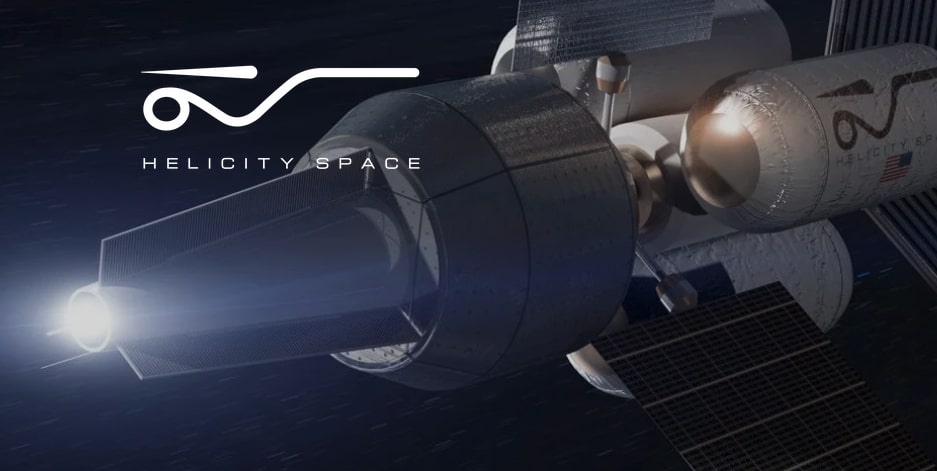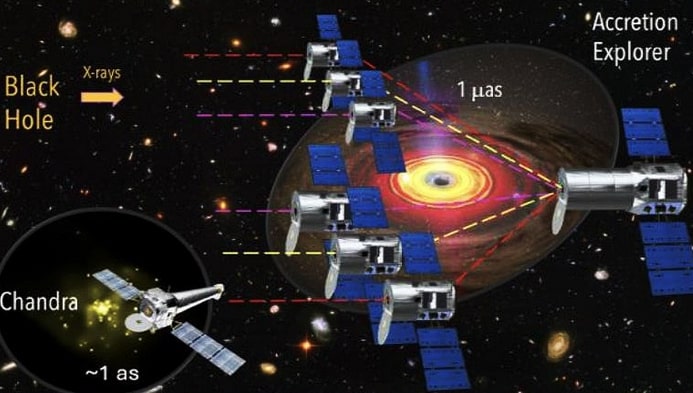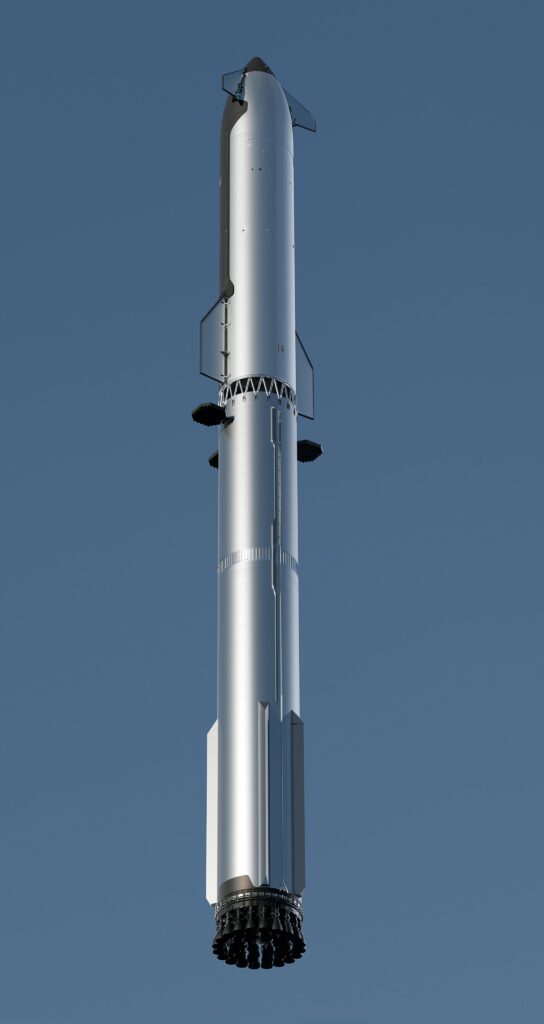Now Reading: Helicity Space Unveils Fusion-Powered Solar Observation Mission
-
01
Helicity Space Unveils Fusion-Powered Solar Observation Mission
Helicity Space Unveils Fusion-Powered Solar Observation Mission

Quick Summary:
- NASA NIAC is funding a study to develop spacecraft powered by Helicity drive, a scalable fusion propulsion system.
- Lockheed martin Ventures invested in Helicity Space after it’s $5 million seed round in December 2023, with contributions from Airbus Ventures and others.
- The Helicity Drive uses magneto-inertial fusion for thrust generation, avoiding radioactive fuels and large propellant masses.
- It promises up to ten million times more energy per unit mass compared to chemical rockets while being compatible with existing launch vehicles.
- Active lab work focuses on plasma physics and component testing in collaboration with Caltech and Los Alamos National laboratory under support programs like the U.S. Department of Energy’s INFUSE.
- Spacecraft using the Helicity Drive will carry advanced instruments for studying the heliosphere, interstellar medium, cosmic rays, magnetic fields, and turbulence mechanisms along six trajectories.
- Future implications include interstellar exploration capabilities such as deep-space missions or crewed Mars missions.
Indian Opinion Analysis:
The Helicity Drive initiative highlights an exciting frontier for space propulsion technology that could redefine our approach to interstellar exploration. Its potential scalability may provide alternatives to conventional rocket systems while addressing sustainability concerns through non-radioactive materials usage-a notable leap forward for both scientific advancements and long-term spacecraft designs.
India’s vibrant space sector led by ISRO could benefit from observing these developments due to their alignment with upcoming deep-space ambitions like Venus/Mars probes or lunar habitats under Chandrayaan missions or Gaganyaan program considerations. The focus on fundamental plasma studies mirrors India’s own research priorities; collaborations emerging globally might serve as inspiration for future domestic partnerships fostering competitive innovation worldwide.Read More
























